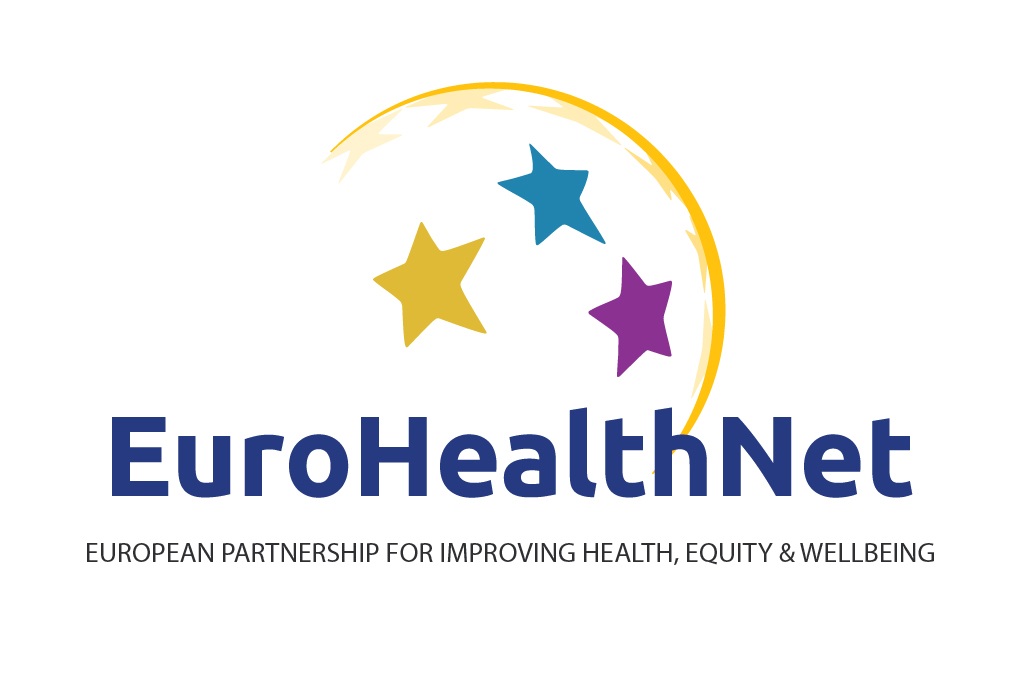The 2019 Finnish EU Presidency chose to focus on the economy of wellbeing. The aim is to engage in open discussion and reflect on the interdependency of the economy and welfare policy.Finland wants to bring a broader understanding into EU decision-making that wellbeing policy and economic policy should go hand in hand. At the Employment, Social Policy, Health and Consumer Affairs Council (EPSCO) meeting in Brussels on 8 July 2019 Minister of Social Affairs and Health Aino-Kaisa Pekonen declared:
While the wellbeing of people has intrinsic value as such, we need to better recognise that it also is a precondition for economic growth and for social and economic stability. Conversely, sustainable economic growth brings better opportunities for improving everyone’s wellbeing.
Public spending on wellbeing, namely social, health, and education accounts for a large part of national budgets. As a result, Finland has been reflecting on how to ensure the wellbeing of our citizens at present and in the future. It is a novel approach as we frequently see in the search for fiscal consolidation, countries cut expenditures as the most common course of action. However, under the Finnish approach, a change in mind-set means that rather than understanding provisions for wellbeing as costs, reforms to social protection, health care, and education systems, are seen as benefits to be shared by the economy and the society as a whole.
In launching the approach, the former Minister of Social Affairs and Health Pirkko Mattila explained:
“The Economy of Wellbeing takes into account aspects related to social wellbeing, gender, health, employment and education and emphasises their importance for economic growth and stability, as well as for improving trust in public policy and ensuring the legitimacy of policy-making. At the same time, we are evaluating how different policy measures impact people’s wellbeing. We call this policymaking approach the Economy of Wellbeing”.
The guide on financing health promoting services offers a series of case studies with which policymakers can work towards conditions that encourage an economy of wellbeing. The aim of the guide, to stimulate system change and overcome existing gaps in investment, are central to uniting wellbeing policy and economic policy. They will help in the effort to establish an economy of wellbeing that improves the lives of all citizens.
Executive Summary: Financing Health promoting services
This guide is for planners, policy and investment decision makers in all fields and at all levels who are relevant for creating and implementing effective health promoting services.
Health promoting services are a vital and valuable societal service.
They are any activity organised by a public service or other institution which goes beyond a focus on individual behaviour towards a wide range of social, economic, environmental, and commercial determinants of health. Connections between different fields must be made urgently if the benefits for health, wellbeing, sustainable development, equity and safety are to be usable, useful and used.
Our intention is to assist health and social care planners, policymakers at national, regional and local levels in developing and financing of health promoting services that benefit health and wellbeing for all. We aim to inspire through a body of evidence that includes examples drawn from across the world. The guide has two central objectives:
(1) to highlight the need for systemic change, shifting from treatment-oriented health services and strengthening of health promotion and disease prevention services, as well as multi-sectoral approaches to improve health and wellbeing for a healthier society;
(2) to highlight how to overcome existing gaps in investment in health promoting services and urge health planners and decision makers to better liaise with the finance sector by providing concrete, ‘out-of-the-box’ examples of how investment can be mobilised.
In this guide we present different ways to design and implement health promoting services, with attention paid to different processes and procedures of financing. It delineates solutions for financing and delivering health promoting services through a range of cross-sectoral case studies. In addition, the guide presents a set of public health-focused investment criteria for potential investors or financial managers. The criteria aim to bridge the gap between public health and financial investment.
With this guide, as well as further collaborations and work in the field of social investment, we aim to build the capacity of the public health and wider social policy community to access new funds and to help health professionals understand the language of the finance and investment world. This guide is closely aligned to the efforts of the WHO General Programme of Work, the WHO European Roadmap to implement sustainable development, the WHO European Health Equity Status Report, as well as the United Nations 2030 Sustainable Development Goals. In addition, it is also in line with the European Pillar of Social Rights, InvestEU programme and one of its key elements – the Social Investment and Skills window.
Citation: Barnfield, A., Papartyte, L., & Costongs, C. (2019) Financing Health Promoting Services: An information guide. Brussels: EuroHealthNet
Here you can download the full version of the Financing Health Promoting Services Information Guide.
Are you interested in up to date educational events? In the Education Database »medicine & health« you will find courses from more than 1300 course organizers.
Visit GI-Jobs. Here you will find up to date job offers from the »medicine & health« field.
Despite progress in reducing smoking rates over the last decades, about one‑fifth of adults still smoke every day and tobacco consumption remains the largest behavioural risk factor to health, accounting for about 700 000 deaths per year across EU countries. Alcohol consumption is responsible for another 255 000 to290 000 deaths per year across EU countries.
While alcohol control policies have achieved progress in reducing overall alcohol consumption, heavy alcohol consumption remains an issue among a sizeable share of adolescents and adults: more than one in five adolescents aged 15 report having been drunk more than once in their life and one‑third of adults report regular heavy drinking. The use of illicit drugs is another important public health issue in Europe: about 15% of young people aged 15 to 34 report having used cannabis in the last year. Weight problems are widespread in most EU countries, with nearly one in five adolescents overweight or obese on average across EU countries in 2018 and more than one in six adults obese. Overweight and obesity is driven by unhealthy nutrition habits and lack of physical activity. Only one in seven 15‑year-olds on average across EU countries report doing at least moderate physical activity at least one hour daily, and less than half report eating at least one fruit or vegetable per day. Large socio-economic inequalities exist for most risk factors to health. For example, overweight and obesity rates among children and adolescents are 50% greater among those living in the least affluent families than those living in the most affluent.




One Comment
ksd